North America is one of the few places on Earth where trees display such a phantasmagoria of fall colors. If you’ve been to Europe in autumn, or if you live out West, you know that the range of color is much more limited in those regions than in the northeastern U.S. and southeastern Canada. You’d have to visit northern China to see anything close to the fall palette offered in the Northeast and mid-Atlantic states.
All green plants make yellow-colored molecules, called xanthophylls, as well as orange ones, known as carotenoids. These substances help boost photosynthesis, and they also protect cells from oxidative stress – it turns out plants need antioxidants, too. These pigments are always there, but are masked by green chlorophyll that hides the yellow and orange pigments.
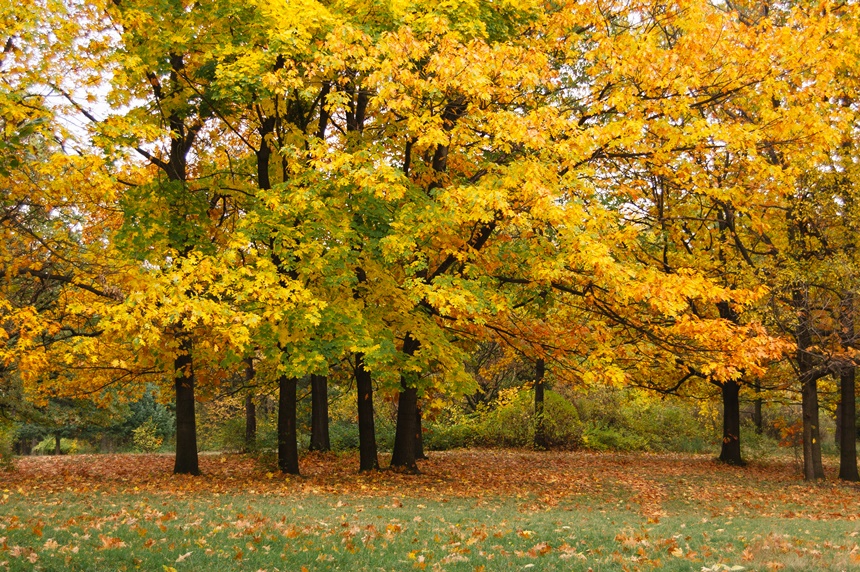
In fall, hardwood trees deposit wax between twigs and leaves to seal the vessels that fed water and nutrients to their leaves all season. As a result, chlorophyll breaks down, which allows the hidden colors waiting in the wings to make their debut.
But reds and purples (anthocyanins) are definitely not cached under green chlorophyll. These are large, complex organic compounds that cost plants a lot of energy to make. While relatively few tree species produce red fall colors, sugar and soft (red) maples are renowned for their ruddy foliage. Some oaks produce deep scarlets, and dogwood and ash can make intense red-purple hues. Many shrubs, including species of Viburnum, Aronia, and Amelanchier (serviceberry), flaunt their mélange of anthocyanins, from salmon to coral, crimson, raspberry, ruby, and burgundy. I may have left out a few variants.
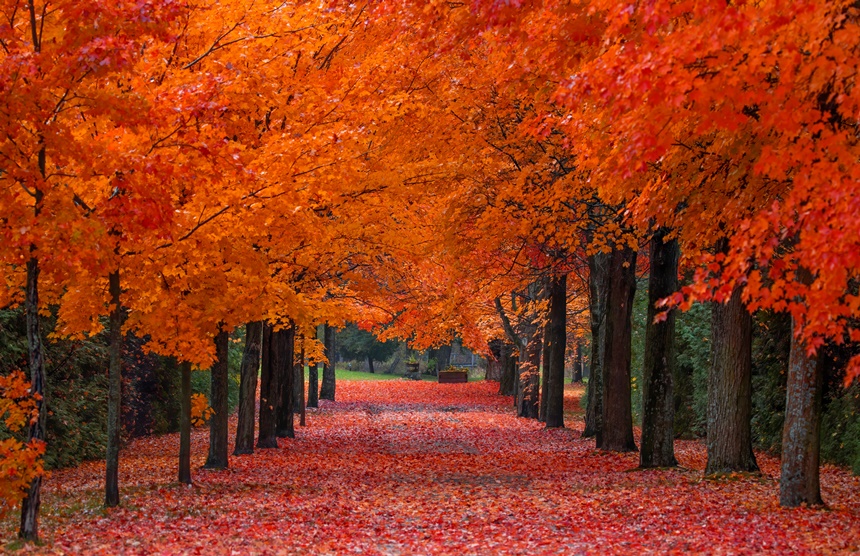
But anthocyanins – reds and purples – don’t lurk inside green leaves all summer, waiting around for the big reveal when chlorophyll croaks.
Plants invest in anthocyanins to protect young leaves in spring, as chlorophyll is prone to UV-light damage in cool conditions. Red pigment is like suntan lotion for baby leaves. As the weather warms, plants quit making these costly compounds. Early-season red makes sense. But why some trees splurge on anthocyanins in the fall when they should be hoarding it for springtime is a mystery.
A tree’s income is sugar, which it converts to starch and deposits in a savings account – its trunk and root tissues. Each spring, deciduous trees withdraw money from the bank and invest in solar-panel arrays, known as leaves. Over the summer, trees replenish their starchy accounts for the cost of making leaves, and try to sock some extra away for emergencies.
Notorious for being frugal and pragmatic, trees don’t dip into savings without good cause. Few hypotheses exist as to why trees make red. Among those brave or foolish enough to say they know the answer, the “fall suntan lotion” notion is a favorite. However, it seems absurd to claim trees use precious starch reserves to shield chlorophyll from UV rays while they’re busy closing off the leaves’ food and water supply, thus killing chlorophyll. By the time a leaf turns red, there’s nothing to protect. And trees do this at substantial cost to their energy bank accounts.
Another theory is that when red leaves of a maple (for instance) fall, they change soil conditions in a way that favors it and suppresses other species. A host of plant-made chemicals can inhibit the growth rates or seed germination of competitors, a process known as allelopathy. Usually, roots give off allelopathic chemicals – it’s the reason you don’t want your garden near a black walnut tree because the juglone released by walnut roots kills tomatoes and potatoes. Invasive species are able to displace native plants so fast thanks to their potent allelopathy. The problem with this theory is that anthocyanins in fallen leaves have a very weak allelopathic effect. A truly convincing rationale has yet to be found.
I don’t know why trees make red in the fall, and an honest biologist will admit they’re not quite sure either. Whatever the reason, I’m grateful for our autumn display.
Become a Saturday Evening Post member and enjoy unlimited access. Subscribe now
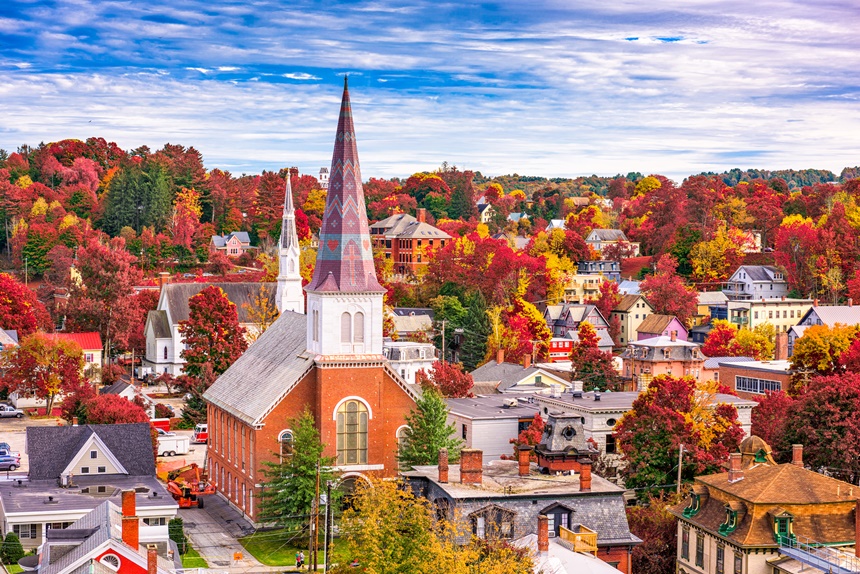
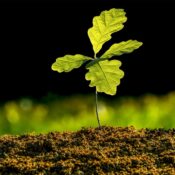
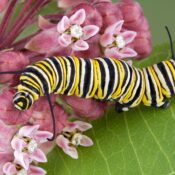
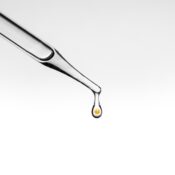
Comments
Wow Paul, this is an incredible feature. While science may not have all the answers as to this beautiful autumn phenomenon, quite a bit is known and quite fascinating. I guess it’s a little like what gives Honeycrisp apples their autumn colors.